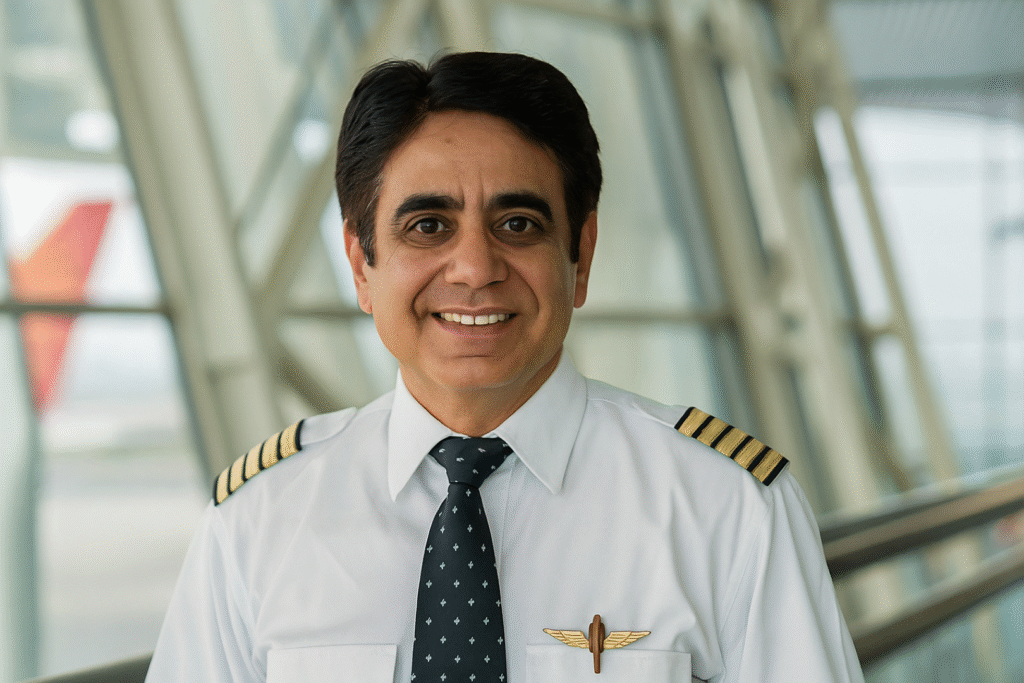
The tragic crash of Air India Flight AI‑171 shortly after takeoff from Ahmedabad in June 2025 continues to raise difficult questions, even as a multi-agency investigation presses forward. The Aircraft Accident Investigation Bureau (AAIB) of India, joined by international experts including veteran pilot Captain R. S. Sandhu, is now focused on the possible malfunction or misactivation of the fuel control switches—an issue that may have led to the aircraft’s sudden loss of power.
Initial black box data has revealed cockpit conversations in which one pilot appears to have questioned why the fuel switches were cut off, receiving the chilling reply: “I did not do so.” Investigators are probing whether an electrical failure in the tail section may have triggered the automatic switch to CUTOFF mode just seconds after takeoff, effectively shutting down both engines.
A U.S.-based report speculating pilot error has stirred controversy, but both the AAIB and the National Transportation Safety Board (NTSB) have urged media and the public to avoid premature conclusions. Civil Aviation Minister Ram Mohan Naidu addressed Parliament with a firm message: the investigation will be “transparent, unbiased, and rooted in facts,” while cautioning against “trial by media.”
In a major humanitarian step, Tata Sons and Tata Trusts have established a ₹500 crore AI‑171 Memorial & Welfare Trust. Each affected family is set to receive ₹1 crore in compensation, with additional support for trauma care and infrastructure rebuilding.
The AAIB’s final report is expected within a year, but meanwhile, safety regulators worldwide have launched fleet inspections of similar Boeing aircraft. This heartbreaking incident has also reignited debate about cockpit video recorders, with experts suggesting stronger safeguards could help prevent such disasters in the future.
As India mourns this devastating loss, the pursuit of truth, accountability, and improved aviation safety remains the top priority.
